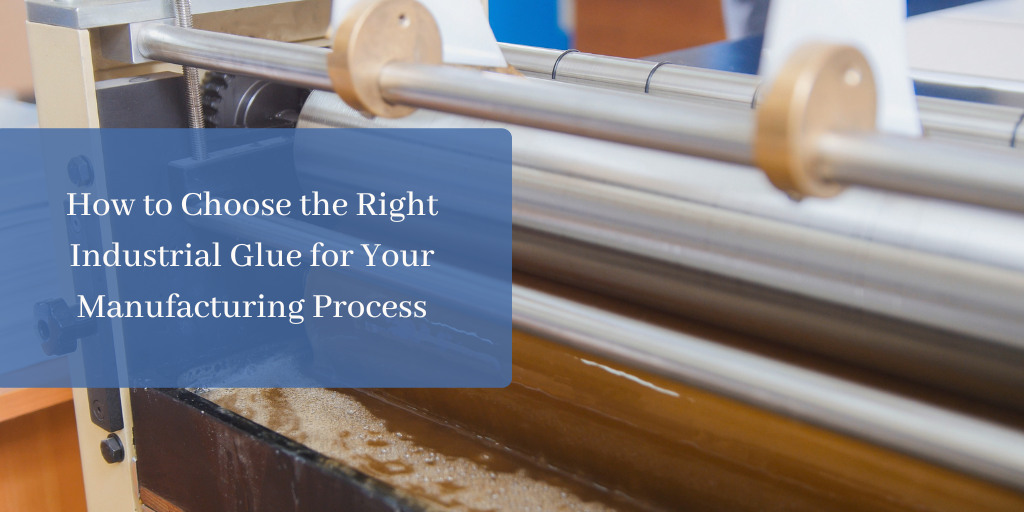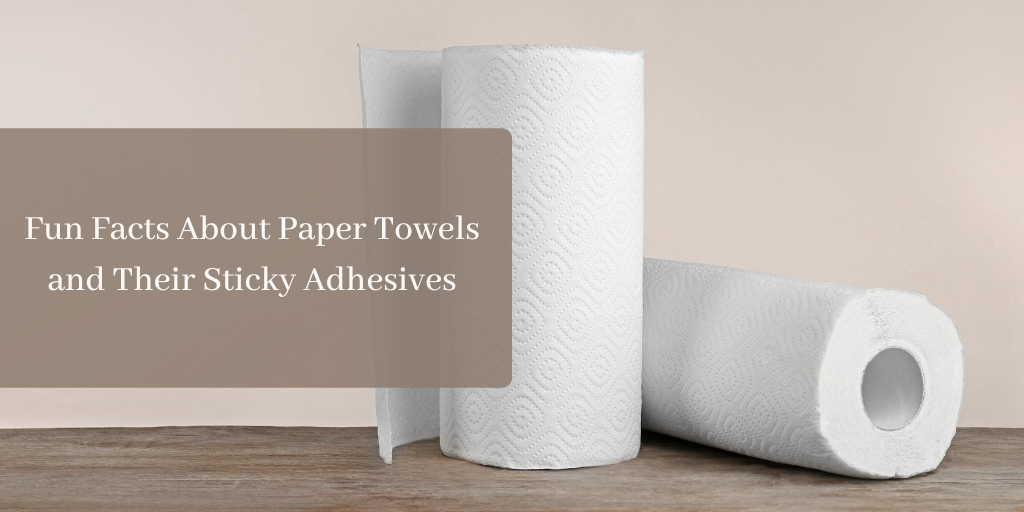In this article, we’ll:
Read More >LD Davis Team
Recent Posts
In this article, you’ll learn:
Read More >Paper towels are a product that nearly everyone is familiar with. They’re convenient: all you do is reach for a roll, give it a tug, and rip off a sheet to handle a spill, wipe a counter, or grab a quick snack. They are simple, everyday products that many of us do not think twice about. But what if we told you there was a fascinating story of engineering and sticky science behind the manufacturing of paper towels? From those perfectly perforated lines to the adhesives that keep it all together, the paper towel is a lot more complex than it seems.
Read More >Throughout his career, David Gomez has made it his mission to ensure that thorough research is the building block of each project. Having spent many years working with adhesives in a variety of industries, Gomez knows what it takes to make the best options on the market.
He is a dedicated Research Manager for LD Davis and outside of work he loves to learn new things about the world at large. Gomez’s experiences both professionally and personally make him the perfect team member to speak with for the latest in our spotlight series.
In this exclusive interview, David Gomez pulls back the curtain on who he is and gives solid advice to anyone looking to join the LD Davis team.









